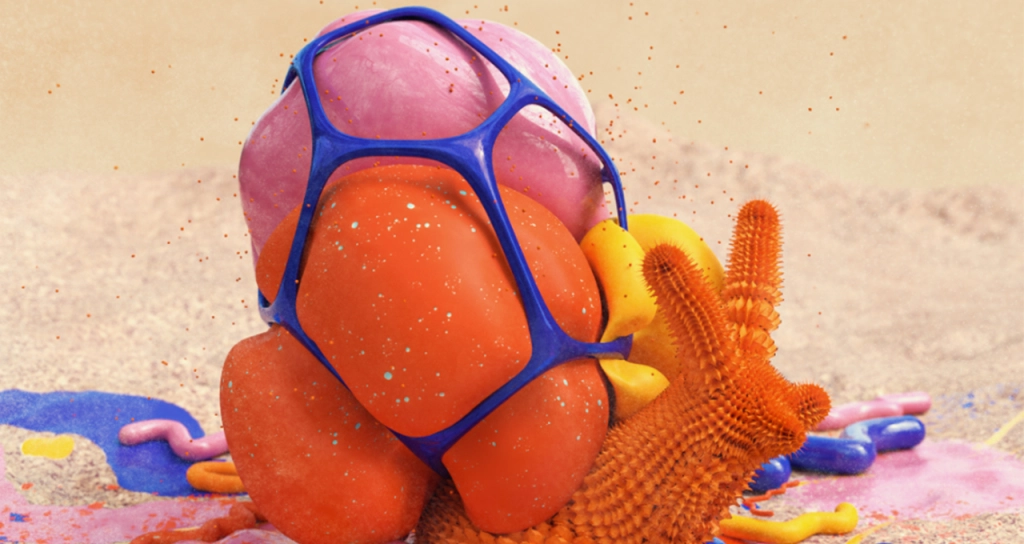
Each week, In the NVIDIA Studio will highlight incredible work from the creative community and creators just like you, working across video production, photography, 3D art, and more — with an intimate look at their personal workflows and how they use GPU-accelerated workflows to their advantage.
It’s also where In the NVIDIA Studio will bring the newest innovations that artists like you can incorporate into their projects — optimized NVIDIA Studio drivers, updated GPU-accelerated tools in the software platforms you live and work in, or hardware releases for those who are ready to upgrade.
In the NVIDIA Studio is an ongoing commitment to you, the creator. It’s your vision that In the NVIDIA Studio wants to help bring to life, inspiration to spark. Every week, they’ll show how artists like you tackle the biggest challenges in the industry through the power of NVIDIA’s graphics technologies.
The Adobe AI Revolution
Adobe MAX has just concluded inspiring artists around the world to bring their ideas to life. Adobe is all in on AI, adopting AI-powered features across its lineup of Adobe Creative Cloud and Substance 3D apps. The updates simplify repetitive tasks and make advanced effects accessible.
Creators equipped with GeForce RTX GPUs, especially those part of the new RTX 40 Series, are primed to benefit from remarkable GPU acceleration of AI features in Adobe Creative Cloud.
Let’s go through some of the exciting new updates!
Adobe Premiere Pro
Adobe Premiere Pro is getting RTX acceleration for AI features, resulting in significant performance boosts on AI effects. For example, the Unsharp Mask filter will see an increase of 4.5x, and the Posterize Time effect of over 2x compared to running them on a CPU (performance measured on RTX 3090 Ti and Intel i9 12900K).
Adobe Photoshop
The new beta Photo Restoration feature uses AI-powered neural filters to process imagery, add tone and minimize the effects of film grain. Photo Restoration can be applied to a single image or batches of imagery to quickly and conveniently improve the picture quality of an artist’s portfolio.
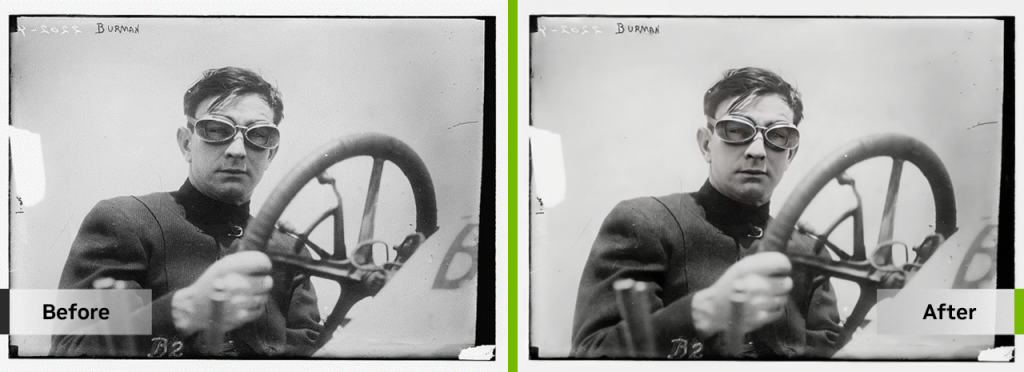
Photoshop’s AI-powered Object Selection Tool allows artists to apply a selection to a particular object within an image. The user can manipulate the selected object, add filters and fine-tune details.
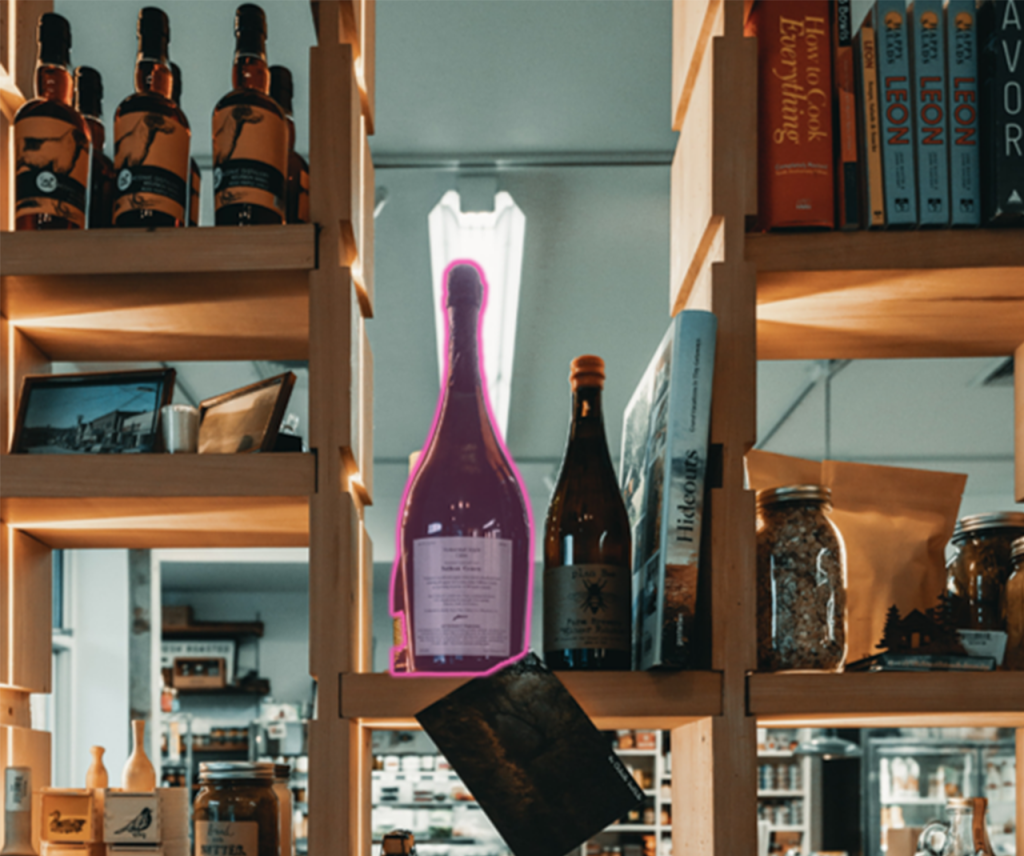
This saves the huge amount of time it takes artists to mask imagery — and in beta on the GeForce RTX 3060 Ti is 3x faster than the Intel UHD Graphics 700 and 4x faster than the Apple M1 Ultra.
Adobe Photoshop Lightroom Classic
The latest version of Adobe Photoshop Lightroom Classic makes it easy for users to create stunning final images with powerful new AI-powered masking tools.
With just a few clicks, these AI masks can identify and mask key elements within an image, including the main subject, sky and background, and can even select individuals within an image and apply masks to adjust specific areas, such as hair, face, eyes or lips.
Adobe Substance 3D
Substance 3D Modeler is now available in general release. Modeler can help create concept art — it’s perfect for sketching and prototyping, blocking out game levels, crafting detailed characters and props, or sculpting an entire scene in a single app. Its ability to switch between desktop and virtual reality is especially useful, depending on project needs and the artist’s preferred style of working.
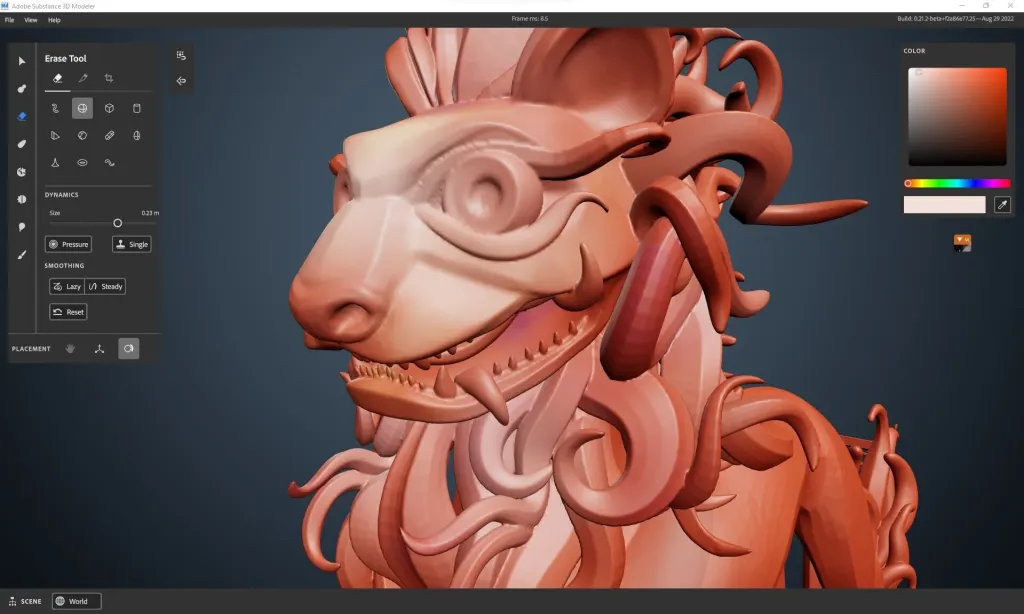
Substance 3D Sampler added its photogrammetry feature, currently in private beta, which automatically converts photos of real-world objects into textured 3D models without the need to fiddle with sliders or tweak values. With a few clicks, the artist can now create 3D assets. This feature serves as a bridge for 2D artists looking to make the leap to 3D.
Adobe Creative Cloud and Substance 3D
These advancements join the existing lineup of GPU-accelerated and AI-enhanced Adobe apps, with features that continue to evolve and improve:
- Adobe Camera RAW — AI-powered Select Objects and Select People masking tools
- After Effects — Improved AI-powered Scene Edit Detection and H.264 rendering for faster exports with hardware-accelerated output
- Illustrator — Substance 3D materials plugin for faster access to assets and direct export of Universal Scene Description (USD) files
- Lightroom Classic — AI-powered Select Background and Select Sky masking tools
- Photoshop — Substance 3D materials plugin
- Photoshop Elements — AI-powered Moving Elements add motion to a still image
- Premiere Elements — AI-powered Artistic Effects transform clips with effects inspired by famous works of art or popular art styles
- Premiere Pro — Adds Auto Color to apply intelligent color corrections to video clips such as exposure, white balance and contrast that enhance footage, GPU-accelerated Lumetri scopes and faster Motion Graphics Templates
- Substance 3D Painter — SBSAR Exports for faster exports and custom textures that are easy to plug and play, plus new options to apply blending modes and opacity
Try these features on an NVIDIA Studio system equipped with a GeForce RTX GPU, and experience the ease and speed of RTX-accelerated creation.
You can also pick up the new GeForce RTX 4090 GPU or a pre-built system today by heading to NVIDIA’s handy Product Finder. This being the GPU TechRadar said “ is more powerful than we even thought possible.”
Anna Natter Joins Us ‘In the NVIDIA Studio’
Anna Natter, this week’s featured In the NVIDIA Studio artist, is a 3D artist at heart that likes to experiment with different mediums. She has a fascination with AI — both the technology it’s built on and its ever-expanding role in content creation.
“It’s an interesting debate where the ‘art’ starts when it comes to AI,” said Natter. “After almost a year of playing with AI, I’ve been working on developing my own style and figuring out how I can make it mine.”
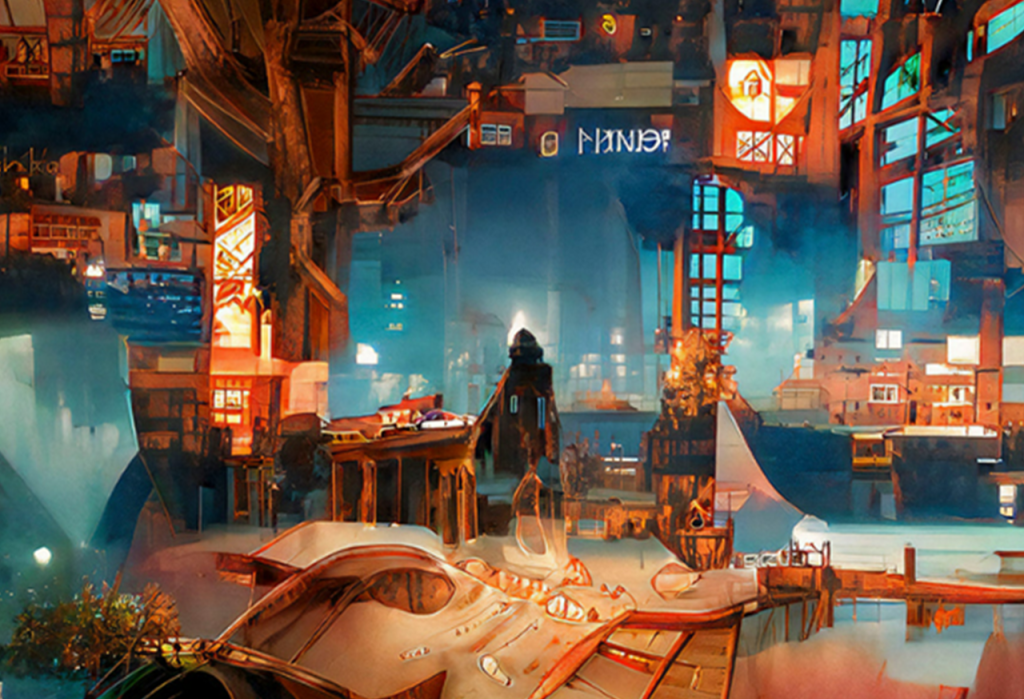
In the image above, Natter applied Photoshop Neural Filters, which were accelerated by her GeForce RTX 3090 GPU. “It’s always a good idea to use your own art for filters, so you can give everything a unique touch. So if you ask me if this is my art or not, it 100% is!” said the artist.
Natter has a strong passion for photogrammetry, she said, as virtually anything can be preserved in 3D. Photogrammetry features have the potential to save 3D artists countless hours. “I create hyperrealistic 3D models of real-life objects which I could not have done by hand,” she said. “Well, maybe I could’ve, but it would’ve taken forever.”
The artist even scanned her sweet pup Szikra to create a virtual 3D copy of her that will last forever.
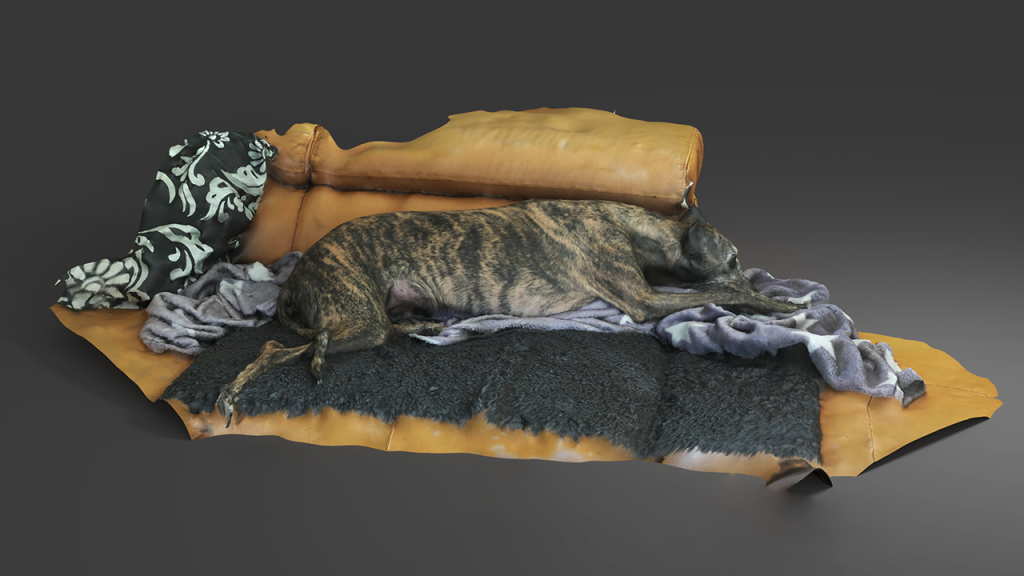
To test the private beta photogrammetry feature in Substance 3D Sampler, Natter created this realistic tree model with a single series of images.
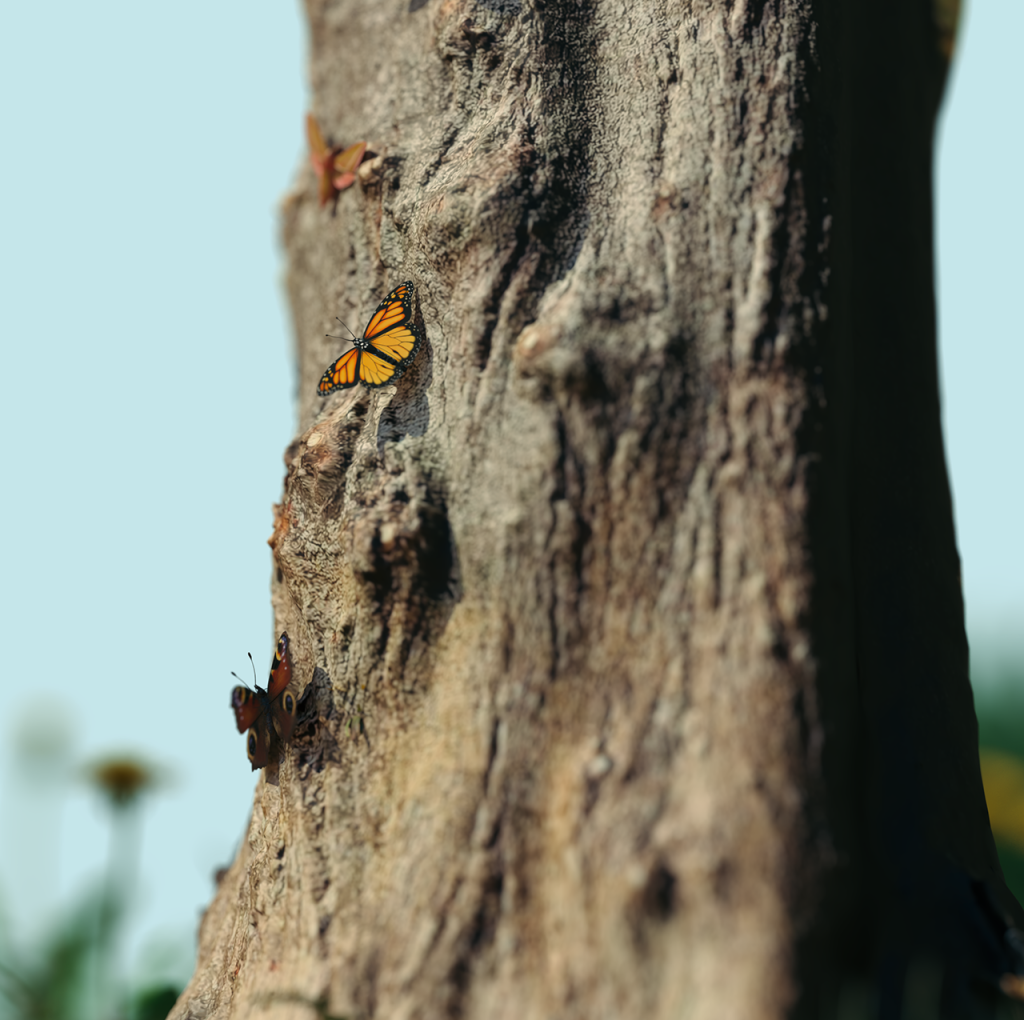
Natter captured a video of a tree in a nearby park in her home country of Germany. The artist then uploaded the footage to Adobe After Effects, exporting the frames into an image sequence. After Effects contains over 30 features accelerated by RTX GPUs, which improved Natter’s workflow.
Once she was happy with the 3D image quality, Natter dropped the model from Substance 3D Sampler into Substance 3D Stager. The artist then applied true-to-life materials and textures to the scene and color matched the details to the scanned model with the Stager color picker.
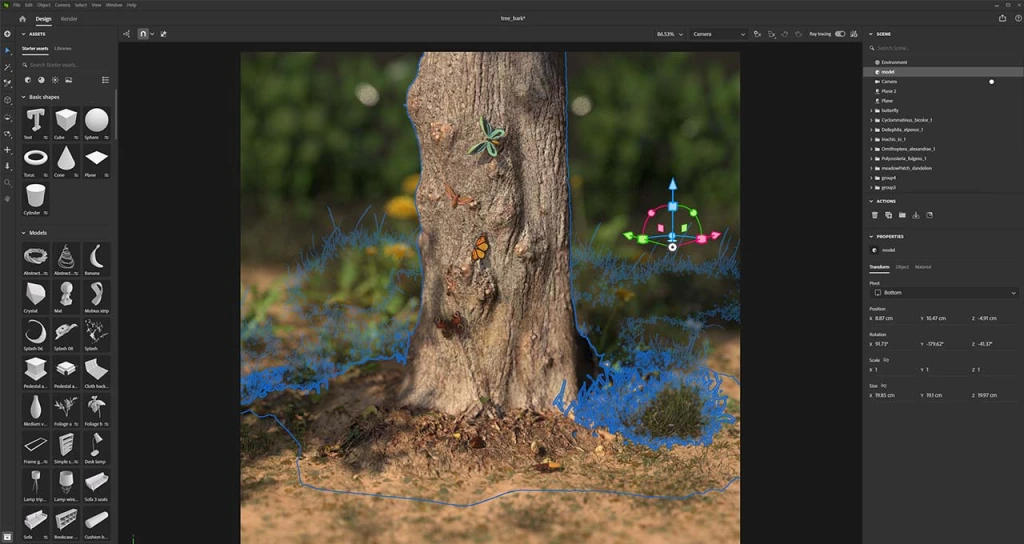
Natter then lit the scene with a natural outdoor High Dynamic Range Image (HDRI), one of the pre-built environment-lighting options in 3D Stager. “What I really like about the Substance 3D suite is that it cuts the frustration out of my workflow, and I can just do my thing in a flow state, without interruption, because everything is compatible and works together so well,” she said.

The GeForce RTX 3090 GPU accelerated her workflow within 3D Stager, with RTX-accelerated and AI-powered denoising in the viewport unlocking interactivity and smooth movement. When it came time to render, RTX-accelerated ray tracing quickly delivered photorealistic 3D renders, up to 7x faster than with CPU alone.
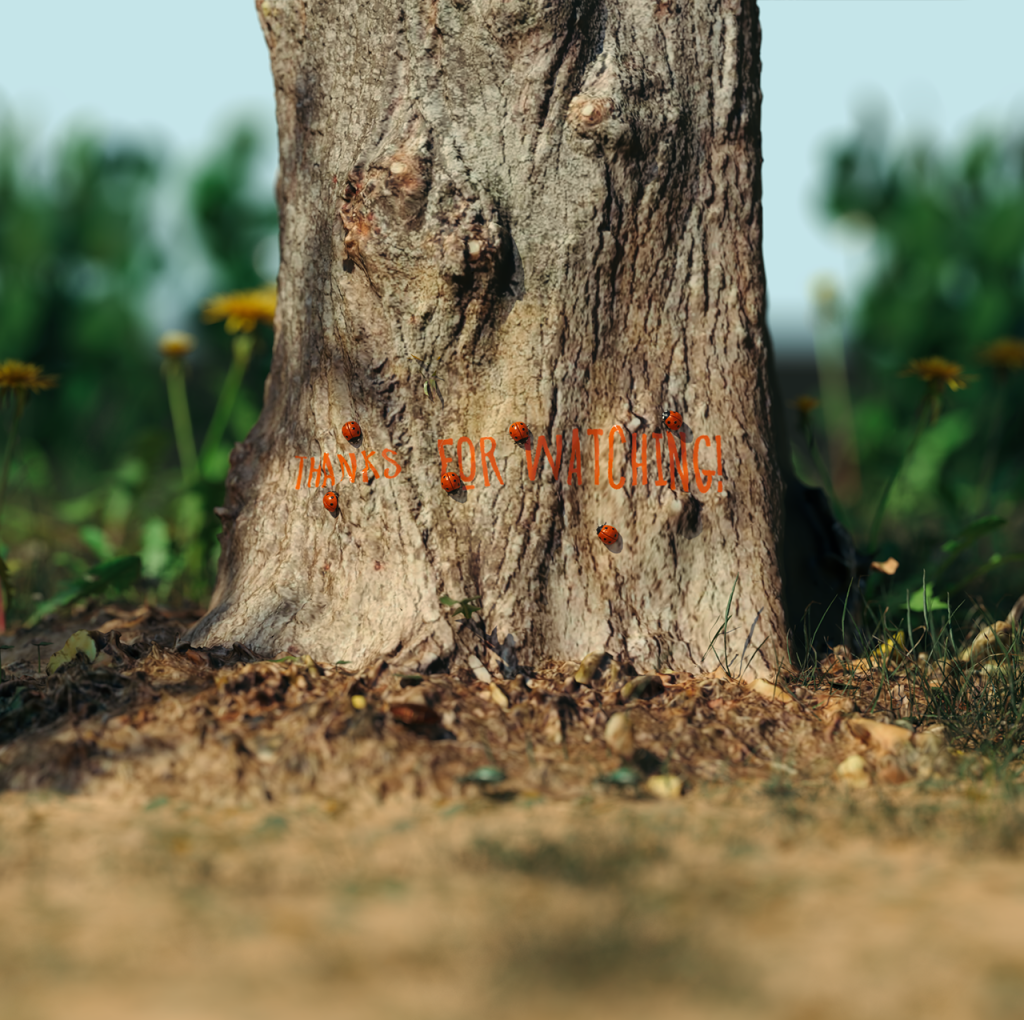
Natter can’t contain her excitement for the eventual general release of the Sampler photogrammetry feature. “As someone who has invested so much in 3D design, I literally can’t wait to see what people are going to create with this,” she said.
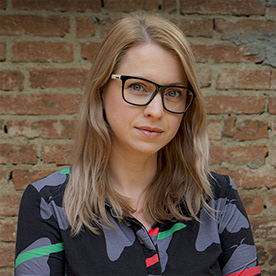
Check out Natter’s ArtStation and Behance pages.
And thanks for joining us this week In the NVIDIA Studio.